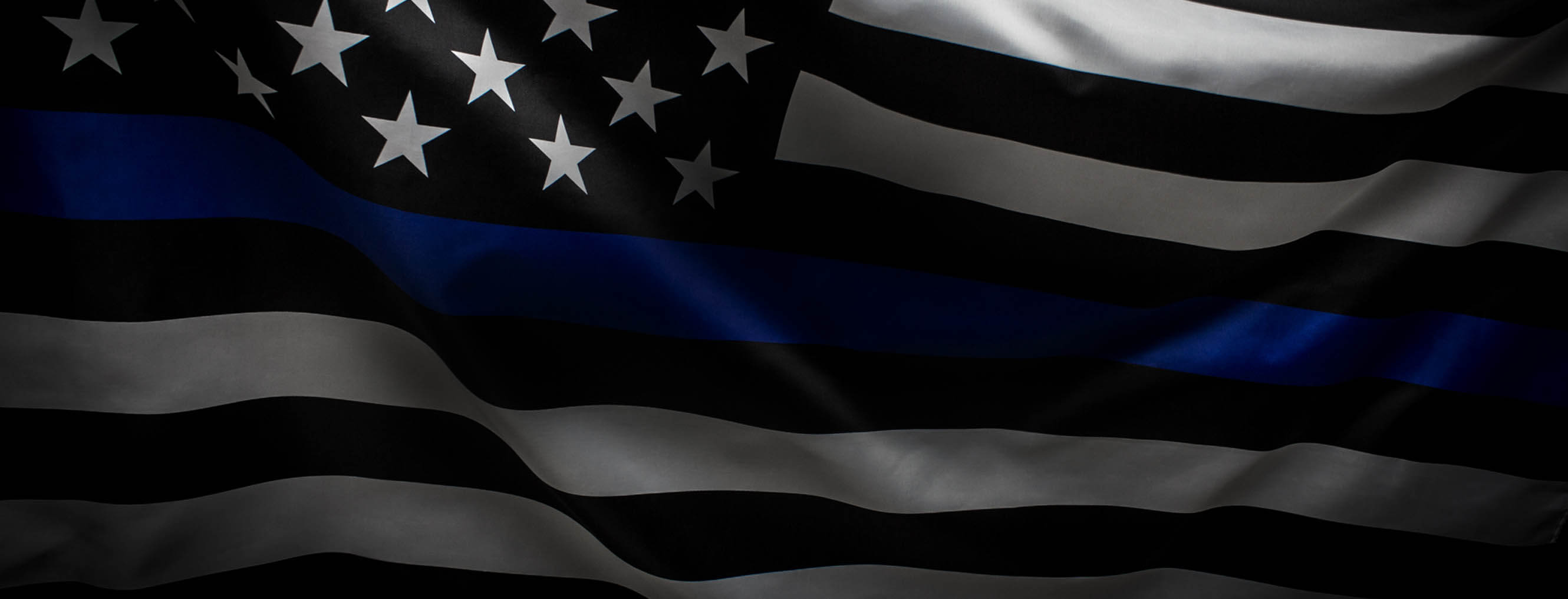Secure Sockets Layer
Through a protocol known as the Secure Sockets Layer, other computers are prevented from eavesdropping by encrypting all data transmitted between our Members and the Credit Union. Intermediate computers would see each packet of information as a meaningless
jumble of bytes. The sending end encrypts, or encodes, the data with one key before it is transmitted. The receiving end decrypts, or decodes, the data with another key. This two-key cryptography scheme was developed by a team of mathematicians at
MIT and is currently patented by RSA Data Security, Inc. POPA FCU’s Members that live in the United States can use browsers that support 128-bit keys. Cracking a 128-bit key would involve trying all 2128 combinations.
The Secure Sockets Layer validates the identity of our site to our Members through the use of a digital certificate. After connecting to our web site in secure mode, our site sends the Member’s browser a signed digital certificate, which contains
the name of our web server, its public encryption key, the certificate’s validity dates, the name of the certification authority that issued the digital certificate to our site, and an unforgettable digital signature. The digital certificate,
which was obtained by POPA FCU through a special certification authority, authenticates to our Members that they are indeed connecting to our site.
The Secure Sockets Layer ensures that the data transmitted between our Members and our site has not been tampered with through the use of Message Authentication Codes (MACs). A MAC is based on the actual data itself, similar to a checksum. This provides
a quick way for the receiving end to verify that the data wasn’t changed en route.
To support the Secure Sockets Layer, POPA FCU Members must use the most recent browser versions available.



